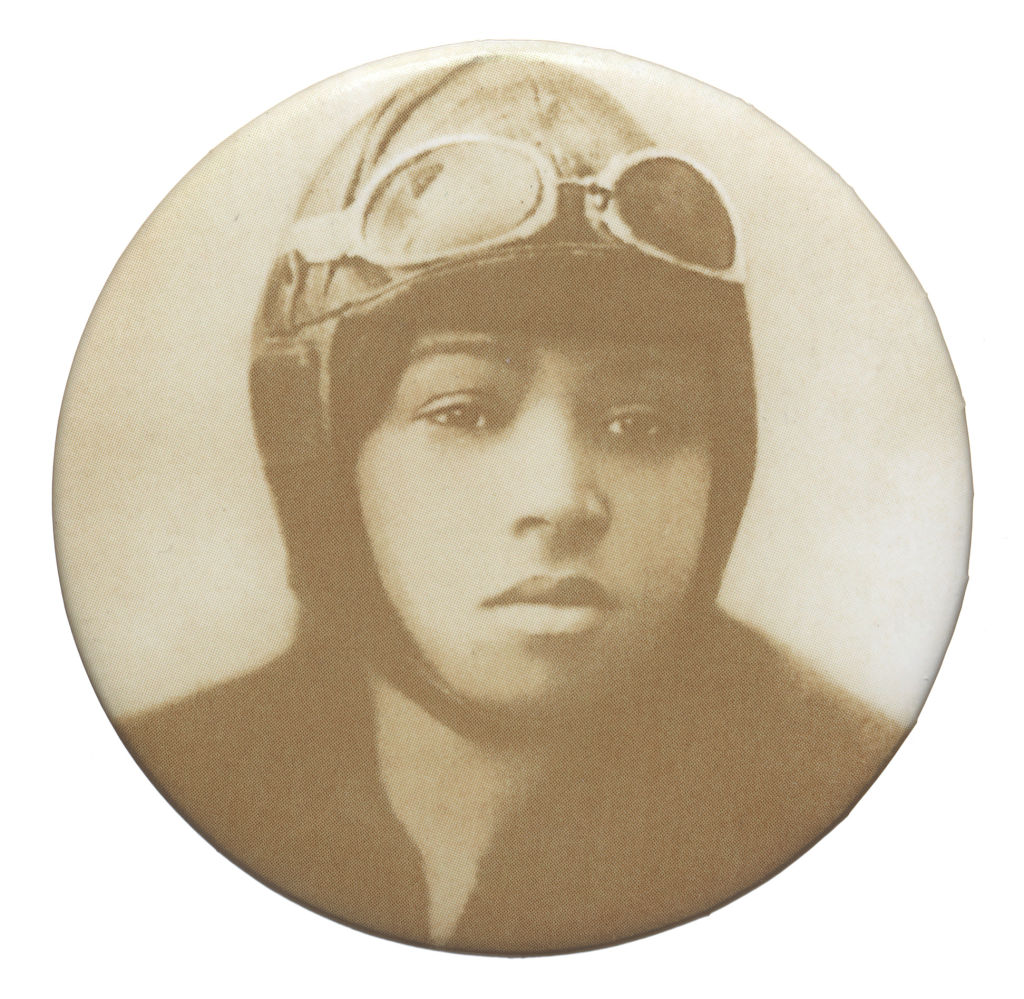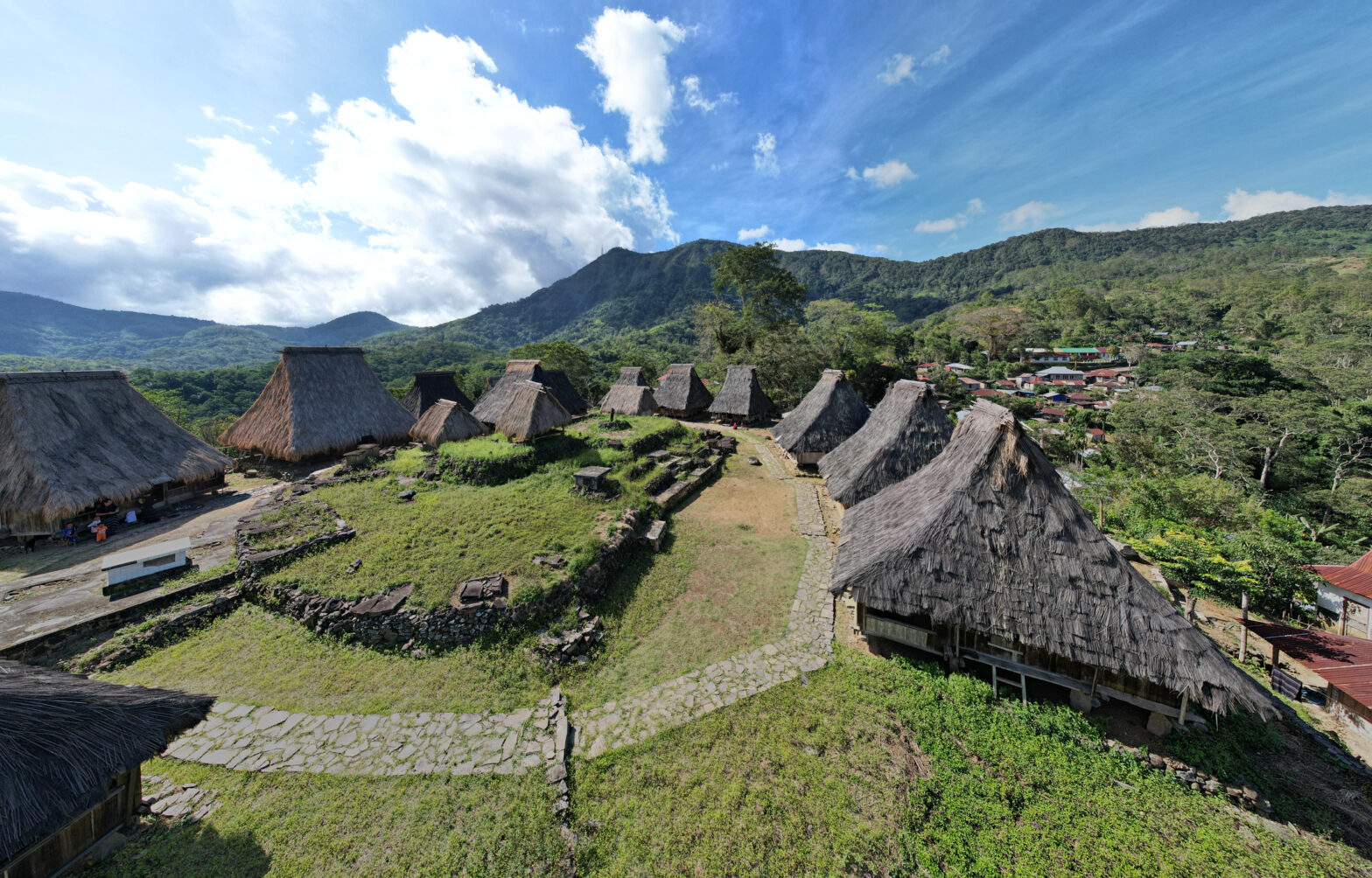In the early 1920s, Bessie Coleman did what many people considered the impossible: she traveled the skies as the first African American and Native American woman.
She graduated from Federation Aeronautique International in 1921, becoming the first American to earn an international pilot’s license in France.
Coleman died tragically in 1926 after falling out of an aircraft during a test flight with a mechanic.
Her career may have been short, but her legacy still soars as it inspires women from all over the world. Here are six unique facts to know about Bessie Coleman.
1. She Studied To Be A Manicurist At First
View this post on Instagram
//www.instagram.com/embed.js
Becoming a pilot wasn’t Coleman’s first career choice. She was actually studying to become a manicurist in a local barbershop.
She attended Burnham School of Beauty Culture in 1915 and, a year later, was known as the best and fastest manicurist within Chicago’s Black community.
Coleman was so talented, she landed a manicurist job at the White Sox Barber Shop, which was owned by the trainer of Chicago’s American League Baseball club at the time.
2. Her Brothers Inspired Her Aviation Career
View this post on Instagram
Coleman was one of 13 children. She was so intelligent and motivated that she was able to graduate high school and attend college, which was something many Americans could not do in the early 1900s, according to historians.
She attended Langston University in Oklahoma but dropped out after the first semester for financial reasons.
After dropping out, she moved to Chicago to live with an older brother.
While there, she would hear stories from her brothers who went to France to serve in the military during WWI. One of those stories was about how French women were able to fly.
Her brother, John, reportedly told her, “You n**ger women ain’t never goin’ to fly, Not like those women I saw in France.”
She decided to prove her wrong.
3. American Flight Schools Didn't Accept Her
View this post on Instagram
Coleman applied to schools across the country, but no one accepted her application because she was Black and a woman.
She was told to move to France to learn how to fly. She took French classes at night to complete the application in French. Coleman was accepted at the Caudron Brothers’ School of Aviation in Le Crotoy. June 15, 1921, is when she received her international pilot’s license.
4. She Was Known For Performing Tricks
View this post on Instagram
During her 10 months in school, she was known to take risks and mastered looping the loop and tailspin. She was famous at the time for making the figure “8” in her airplane.
Her tricks were so popular that people from all over the country, both Black and white, wanted to watch her perform.
5. A Champion For People Of Color
View this post on Instagram
//www.instagram.com/embed.js
After purchasing her own plane in the 1920s— during the Jim Crow era in the United States— she was set to perform in her hometown of Texas.
It was segregated at the time as a result of the Jim Crow era, but she refused to perform unless event planners had the same entrance for both African Americans and white people.
The event managers agreed but people still had to sit in segregated sections at the stadium.
6. Survived A Plane Crash Before the Fatal Accident
View this post on Instagram
Before her fatal plane crash in 1926, she survived a plane accident in 1923 after the airplane engine suddenly stopped working. The incident left her with a broken leg, a few cracked ribs, and cuts on her face.
She returned to flying two years later in 1925.





